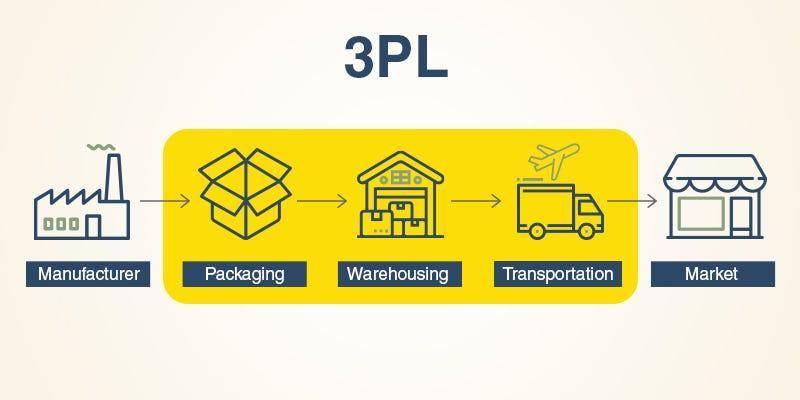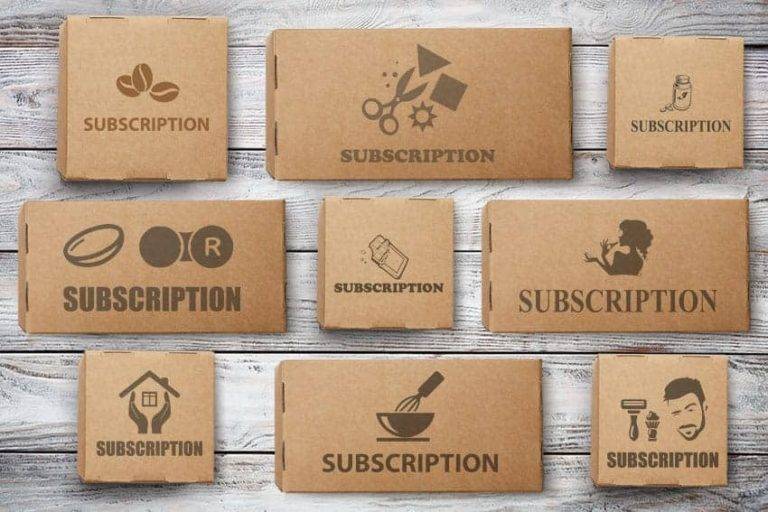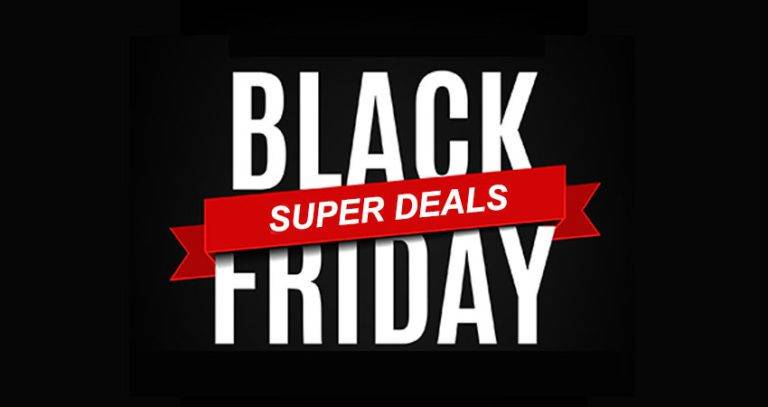Taking The Fear Out Of Changing 3PL Suppliers
In the dynamic realm of supply chain management, businesses frequently encounter pivotal moments when evaluating their relationships with Third-Party Logistics (3PL) providers.
The decision to switch 3PL suppliers can appear daunting, yet it often becomes imperative to fuel growth, achieve cost-efficiency or elevate service quality.
Navigating this crossroads necessitates careful consideration of numerous factors, from assessing existing partnerships to aligning strategic objectives.
In this ever-evolving landscape, adaptability and foresight are vital as companies weigh the potential benefits of change against the intricacies and challenges of transitioning to new logistics allies.
In this blog, we’ll explore the reasons why you should consider changing your 3PL partner and provide a step-by-step guide to help you make a smooth transition, ultimately taking the fear out of this vital decision.
Ready to switch 3PL fulfilment suppliers but scared of the unknown? Discover how to ease your transition and boost your logistics confidence! Sign in today for a seamless 3PL fulfilment change!
1. Why Consider Changing Your 3PL Supplier?
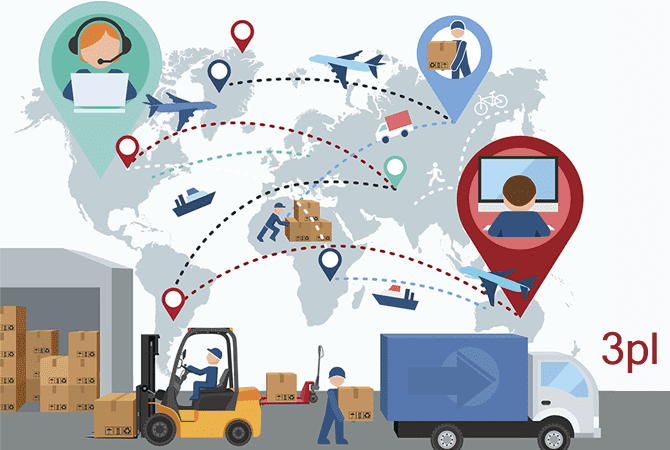
Change is often motivated by a need for improvement. Here are a few compelling reasons why you might contemplate changing your 3PL Fulfilment supplier:
- Cost Savings: If your current 3PL provider’s costs have escalated beyond what you can afford or justify, it might be time to explore alternatives that offer better pricing structures.
- Inefficiencies: Frequent errors, shipment delays and communication breakdowns can disrupt your supply chain. Switching to a more efficient 3PL provider can help streamline operations.
- Service Quality: If the quality of service provided by your current 3PL partner is consistently subpar, it can harm your reputation and customer satisfaction. A change may be necessary to maintain high standards.
- Expansion: As your business grows, your logistics needs may change. A 3PL provider that meets your requirements may no longer be suitable. Look for a partner that can scale with your business.
- Technological Advancements: Advancements in logistics technology can significantly impact efficiency. If your current provider lags in adopting these innovations, it might be time to seek out a more tech-savvy partner.
2. Evaluating Potential 3PL Fulfilment Suppliers
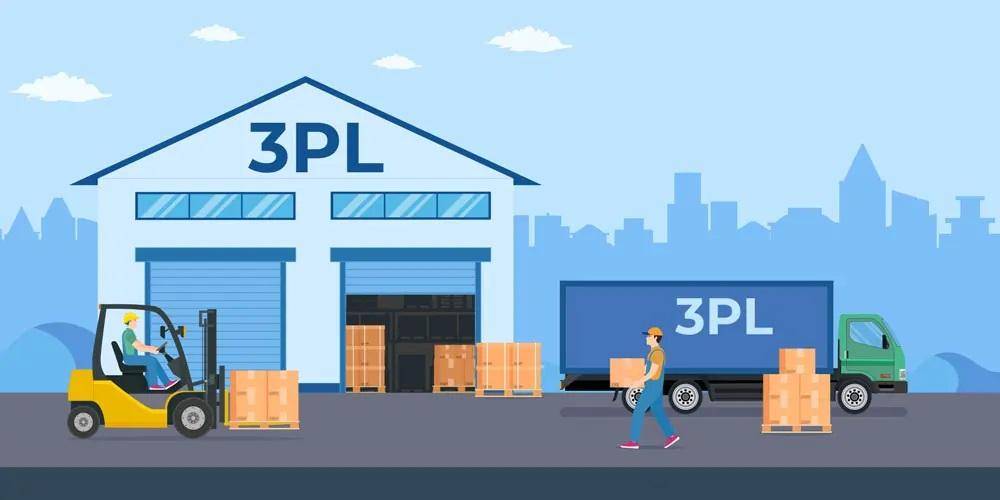
Once you’ve identified the need for change, the next step is to evaluate potential 3PL suppliers. Here’s how:
- Assess Your Needs: Understand your current and future logistics requirements. This includes factors such as shipping volume, geographical reach and service level expectations.
- Request Proposals: Reach out to several 3PL fulfilment providers and request detailed proposals. Compare their offerings regarding services, pricing, technology and scalability.
- Check References: Don’t just rely on the promises in proposals. Speak with existing customers of the potential providers to gauge their experiences and satisfaction levels.
- Visit Facilities: Whenever possible, visit the facilities of shortlisted 3PL fulfilment providers. This gives you a firsthand look at their operations, technology and workforce.
- Contract Terms: Pay close attention to contract terms, including flexibility, penalties for early termination and performance metrics. Ensure that the terms align with your business goals.
3. Creating A Transition Plan
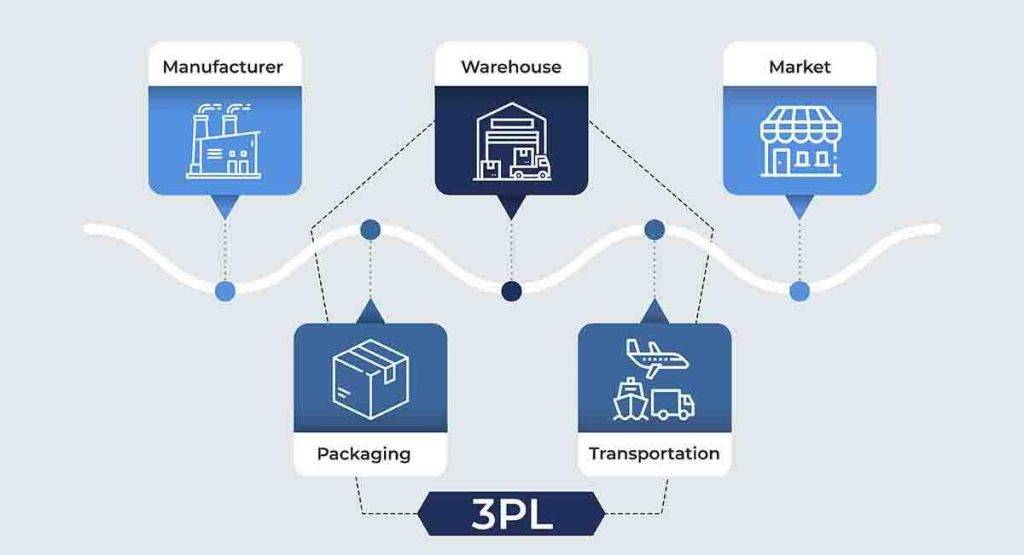
Transitioning to a new 3PL supplier requires meticulous planning to minimise disruptions. Here’s how to create a transition plan:
- Set Clear Goals: Define your objectives for the transition. These could include a seamless handover, minimal service disruptions and cost savings.
- Timeline: Develop a timeline that outlines key milestones and deadlines for the transition process. Be realistic about the time needed for each step.
- Data Migration: Ensure that all critical data, including inventory records, customer information and order histories, are migrated accurately to the new system.
- Training: Train your staff on the new logistics system and processes. This will help them adapt quickly and minimise errors during the transition.
- Testing: Conduct extensive testing of the new logistics system to identify and address any issues before going live.
4. Executing The Transition
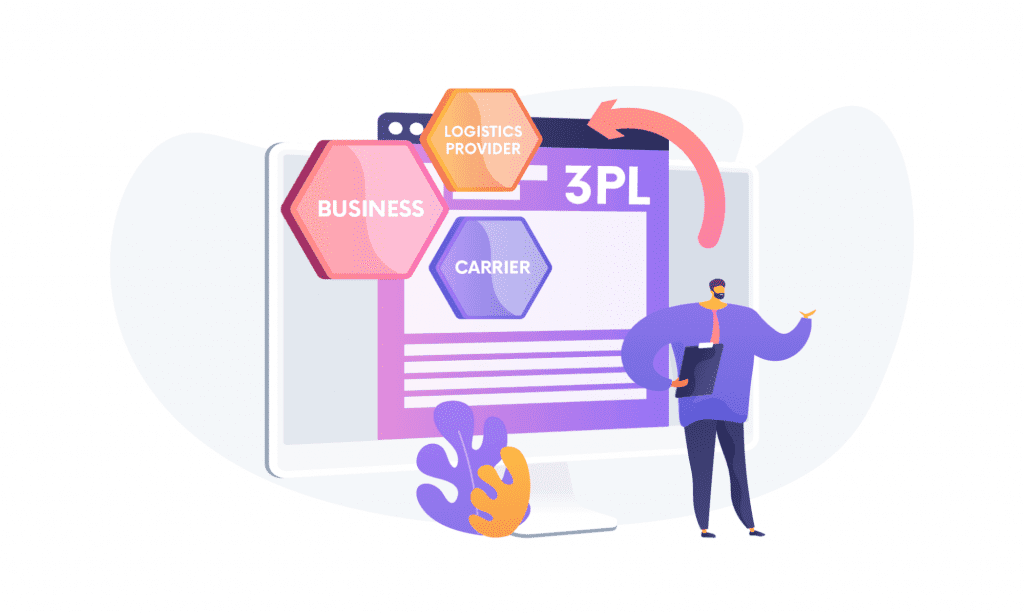
With a well-planned transition strategy in place, it’s time to execute the switch:
- Communication: Maintain transparent communication with both your current and new 3PL providers. Ensure they are aware of the transition schedule and expectations.
- Monitoring: Continuously monitor the transition progress. Address any hiccups or concerns promptly to keep the process on track.
- Fallback Plan: Have a contingency plan in case of unexpected challenges or delays. This may involve temporarily reverting to your old provider or using alternative logistics options.
- Feedback Loop: Establish a feedback loop with your team and the new 3PL provider to identify areas for improvement and make necessary adjustments.
5. Post-Transition Optimisation
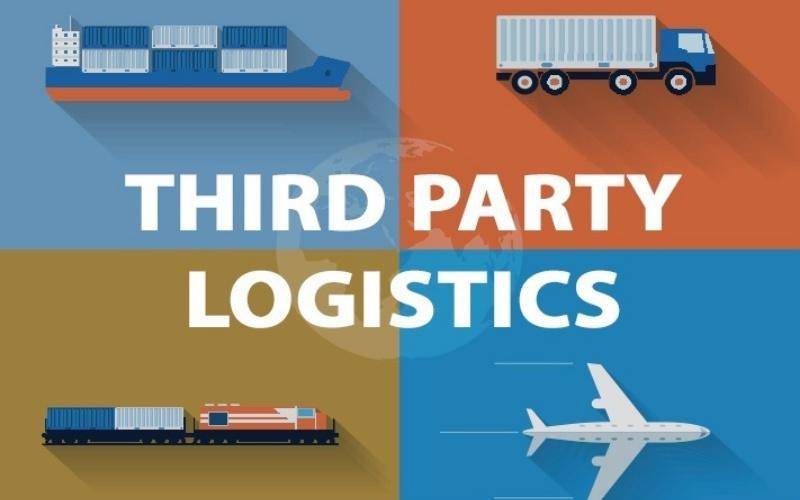
The transition to a new 3PL provider is not the end of the journey; it’s the beginning of a new partnership. To ensure long-term success, focus on post-transition optimisation.
- Performance Metrics: Regularly measure and assess the performance of your new 3PL provider against agreed-upon metrics. Address any issues promptly and celebrate successes.
- Continuous Improvement: Encourage a culture of continuous improvement. Seek feedback from your team and the 3PL provider to identify areas for optimisation.
- Flexibility: Be open to adjusting your logistics strategy as your business evolves. A flexible approach will help you adapt to changing market conditions.
- Regular Reviews: Schedule regular reviews with your 3PL partner to discuss performance, share insights and align on future goals.
- Long-Term Relationship Building: Foster a strong, long-term relationship with your new 3PL fulfilment provider. A collaborative partnership can lead to mutual growth and success.
Wrapping up, while the fear of disruption and uncertainty can be paralysing, careful planning and a strategic approach can mitigate these concerns.
With a clear understanding of your needs and expectations, you can then embark on a well-structured selection process, identifying a new partner that aligns with your goals.
Moreover, creating a detailed transition plan including contingency measures can help minimise disruptions to your supply chain. Embracing change as an opportunity for growth and improvement is crucial; remember that a well-chosen 3PL fulfilment partner can enhance efficiency, reduce costs and elevate your overall logistics operations.
Ultimately, change is an inevitable part of business evolution and by approaching the switch with confidence, strategy and adaptability, you can indeed take the fear out of changing 3PL fulfilment suppliers and pave the way for a more successful and agile supply chain.
Are you apprehensive about switching 3PL fulfilment suppliers? Discover how to transition and unlock new opportunities for your business seamlessly. Learn more with Adstral about 3PL suppliers today!

